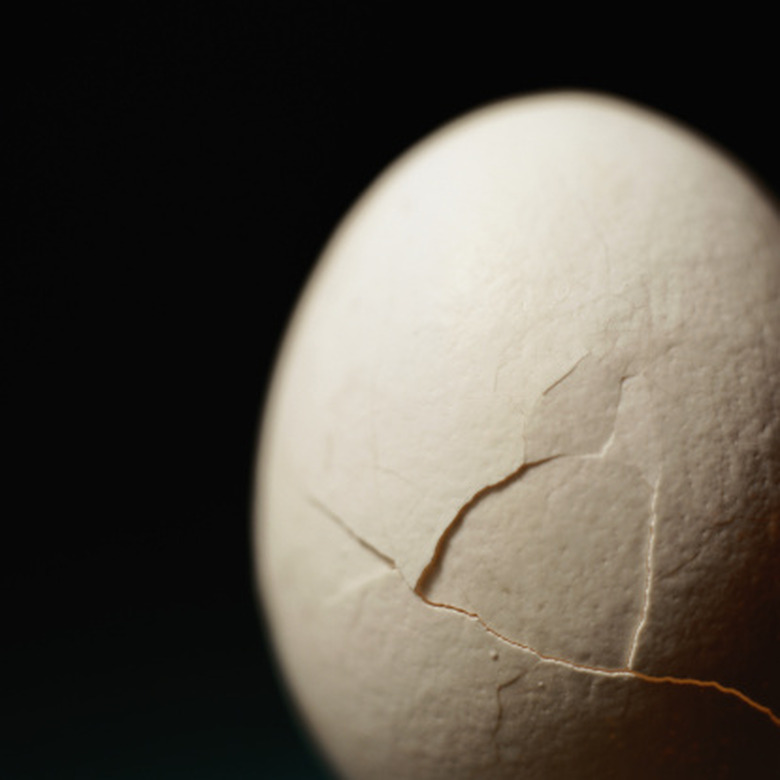How To Build An Egg Catapult
A well-designed egg catapult can be a simple, yet effective tool. The egg catapult is a fixture in many physics and basic science classes. Teachers may assign the building of a catapult as an individual or group project. Often, the resulting catapult is scored not only on how well it works but also on the creativity and originality of the designer. Therefore, creating your own design is recommended. But if all else fails, or if you need some inspiration, patterns and instructions are available.
Step 1
Start with a 2-foot-long piece of wooden 2-by-4.
Step 2
Attach a small metal hinge approximately 6 inches from one end of the wood. Use screws to secure it in place. Face the hinge so it opens toward the opposite end of the wood block.
Step 3
Attach the other side of the hinge to a wooden spoon. Screw the hinge to the end of the spoon's handle so the spoon lies on the board face down.
Step 4
Nail a large rubber band to the board approximately 6 inches from the end of the board opposite the hinge. Use a couple of U-shaped nails to secure the rubber band.
Step 5
Place the loose end of the rubber band around the cup of the spoon. When the spoon is pulled back on the hinge, the rubber band will snap the spoon forward, creating a catapult.
Things Needed
- Block of wood 2 feet long
- Metal hinge with screws
- U-shaped nails
- Wooden spoon
- Large rubber band
TL;DR (Too Long; Didn't Read)
Adjust the rubber band as needed. If the band is too loose, knot it around the spoon to tighten it. If it is too tight, use a longer rubber band.
Cite This Article
MLA
Johns, Sidney. "How To Build An Egg Catapult" sciencing.com, https://www.sciencing.com/build-egg-catapult-8582956/. 24 April 2017.
APA
Johns, Sidney. (2017, April 24). How To Build An Egg Catapult. sciencing.com. Retrieved from https://www.sciencing.com/build-egg-catapult-8582956/
Chicago
Johns, Sidney. How To Build An Egg Catapult last modified August 30, 2022. https://www.sciencing.com/build-egg-catapult-8582956/
